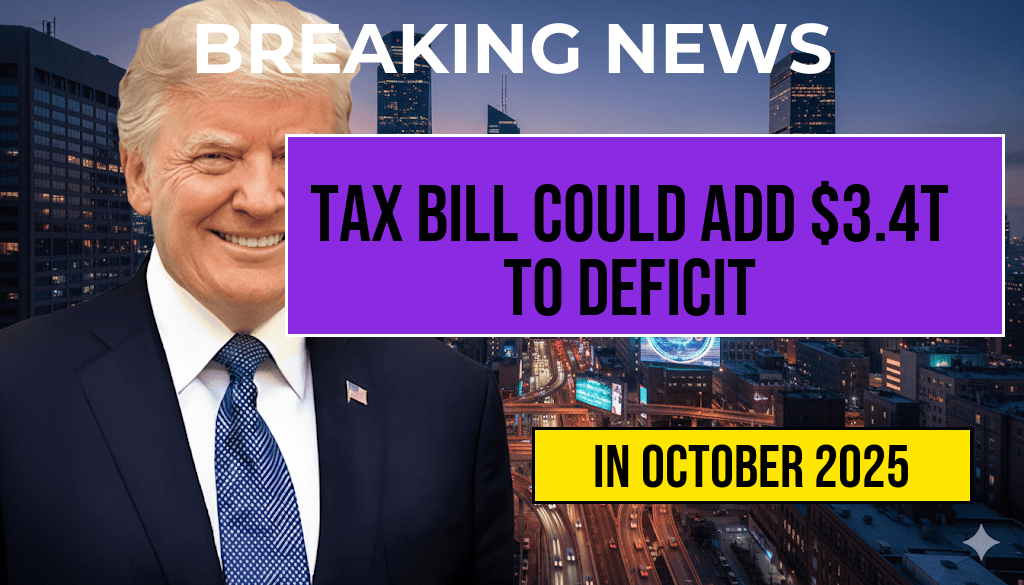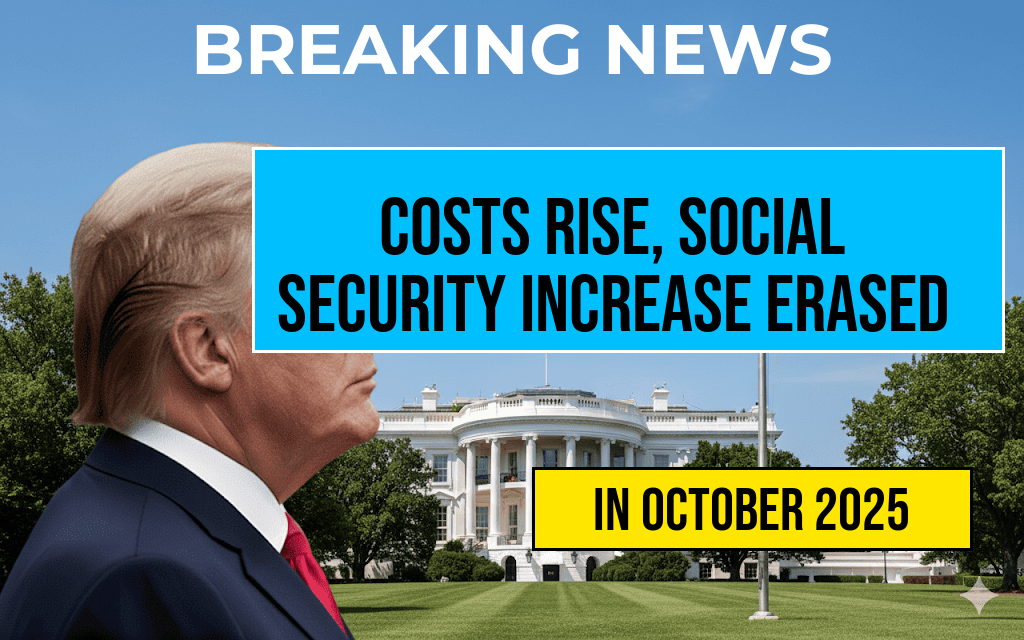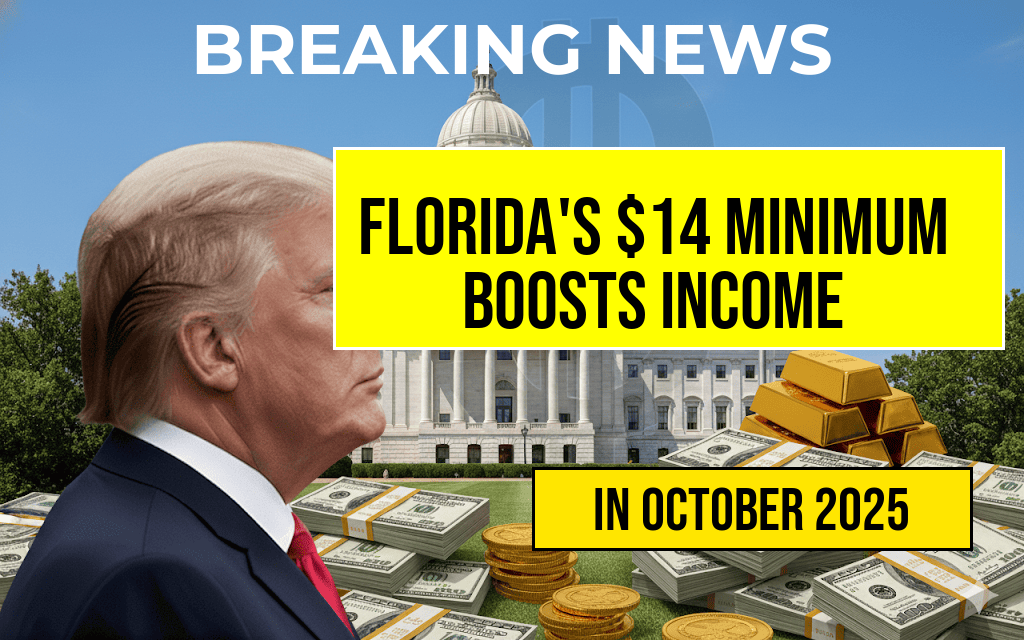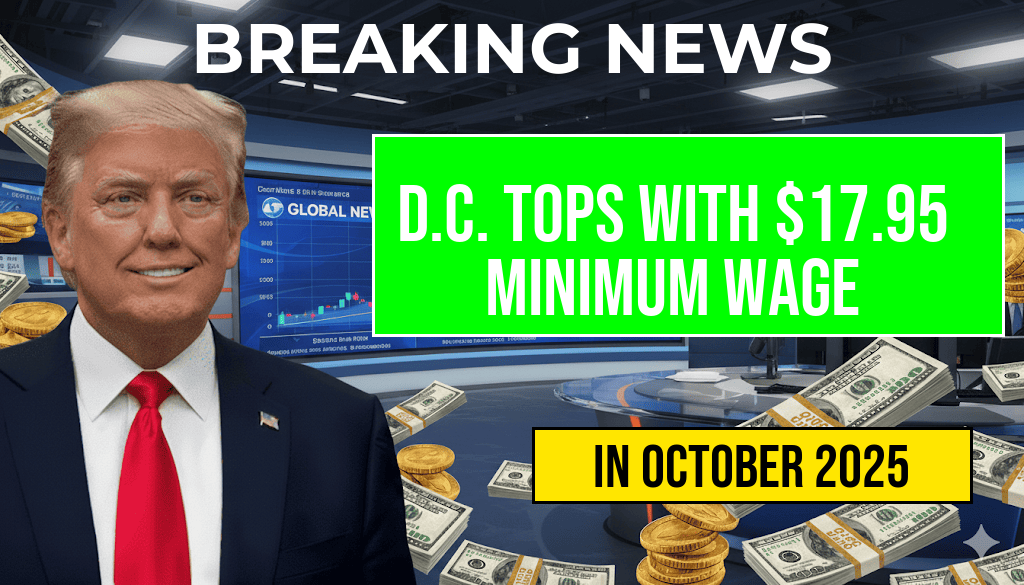Amid mounting concerns over the nation’s fiscal health, a proposed legislation dubbed the “One Big Beautiful Bill” has sparked widespread debate among policymakers and financial analysts. Critics warn that if enacted as currently drafted, the bill could inflate the federal deficit by an estimated three point four trillion dollars over the next decade, potentially undoing years of deficit reduction efforts. Supporters argue that the bill aims to stimulate economic growth through targeted investments, but skeptics contend that its projected cost and lack of clear offsets threaten long-term fiscal stability. As lawmakers grapple with balancing economic stimulus against fiscal responsibility, the bill’s passage could mark a pivotal moment in the ongoing debate over America’s budget priorities.
What is the “One Big Beautiful Bill”?
The legislation, introduced earlier this year, is a comprehensive package encompassing tax reforms, infrastructure investments, healthcare provisions, and social programs. Proponents tout it as a bold strategy to bolster economic growth and address longstanding inequalities. The bill proposes significant increases in federal spending, funded partly through new revenue measures and borrowing. Its primary components include expanded child care subsidies, increased infrastructure funding, and tax incentives for renewable energy projects.
Key Provisions of the Bill
- Infrastructure Spending: $1.5 trillion allocated over ten years for roads, bridges, and public transportation projects.
- Tax Incentives: Enhanced credits for clean energy investments and small businesses, financed through targeted tax reforms.
- Social Programs: Expanded child care and elder care subsidies, with funding sources including increased corporate taxes and closing loopholes.
- Healthcare: Investments aimed at reducing healthcare costs and expanding access, primarily through grants and demonstration projects.
Projected Fiscal Impact and Analysis
Independent economic analysts have scrutinized the bill’s fiscal implications, with estimates indicating a potential increase in the federal deficit by approximately $3.4 trillion over a decade. This projection considers the combined effect of increased spending and the revenue generated through proposed tax reforms. The Congressional Budget Office (CBO) has not yet issued a comprehensive score, but preliminary analyses suggest that the bill could significantly alter the trajectory of the federal budget.
Sources of Cost and Revenue
| Component | Projected Cost (Billions) | Projected Revenue (Billions) |
|---|---|---|
| Infrastructure Investment | $1,500 | — |
| Tax Incentives | — | $200 |
| Social Programs | $600 | — |
| Healthcare Initiatives | $400 | — |
| Total | $2,500 | $200 |
While the bill’s proponents emphasize its potential to generate economic growth that could offset some costs, critics argue that the projected deficit increase threatens long-term fiscal sustainability. They caution that relying heavily on borrowing without sufficient revenue offsets could lead to higher interest rates and reduced fiscal flexibility in future crises.
Political and Economic Reactions
The bill has garnered mixed reactions from across the political spectrum. Democratic lawmakers generally support the investments as necessary for economic recovery and social equity, though some express concern over the bill’s size and funding mechanisms. Conversely, Republican leaders have voiced skepticism about the bill’s cost and its impact on the national debt, advocating for more targeted approaches and fiscal restraint.
Economic Experts’ Perspectives
Many economists warn that a significant increase in the deficit could have ripple effects throughout the economy, including inflationary pressures and higher borrowing costs for the government. Some experts suggest that prioritizing spending cuts or finding more sustainable revenue sources could mitigate long-term risks. Conversely, others argue that strategic investments, if carefully managed, can lay the groundwork for sustained economic growth that eventually reduces deficits.
Looking Ahead
The legislative process for the “One Big Beautiful Bill” remains ongoing, with debates expected to intensify in Congress. As lawmakers consider amendments and potential offsets, the bill’s final form will significantly influence the nation’s fiscal outlook. Stakeholders from business groups to advocacy organizations continue to weigh in, emphasizing the importance of balancing economic ambitions with fiscal responsibility.
For further details on the bill’s legislative status and analysis, visit the official Congress.gov page or consult economic assessments from reputable sources such as Congressional Budget Office.
Frequently Asked Questions
What is the main concern raised in the article about the ‘One Big Beautiful Bill’?
The primary concern is that the ‘One Big Beautiful Bill’ could significantly increase the federal deficit by approximately three point four trillion dollars, raising questions about its long-term fiscal impact.
How might the ‘One Big Beautiful Bill’ affect the national budget?
The bill is projected to increase the deficit substantially, which could impact federal spending, debt levels, and overall economic stability in the coming years.
Who are the main stakeholders concerned about this potential deficit increase?
Key stakeholders include taxpayers, policymakers, economists, and fiscal watchdog organizations who are worried about the bill’s implications for national debt and long-term economic health.
Are there any proposed measures to mitigate the deficit increase from the bill?
The article discusses potential budgetary adjustments or revenue measures that could be implemented to offset the deficit increase, but details remain uncertain pending legislative negotiations.
What should taxpayers consider regarding the passage of the ‘One Big Beautiful Bill’?
Taxpayers should be aware of the potential fiscal consequences and consider how the bill might affect tax policies, government spending, and public debt in the future.






